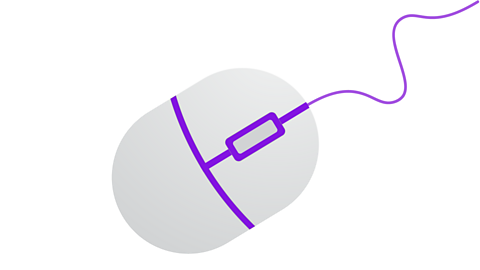What does organise mean?
Some people are really good at keeping their things tidy. They:
- always put their clothes away
- sort their books and magazines into neat piles
- arrange their colouring pens by colour
Being tidy is a way of being organised.
Organise means to arrange things in a particular order or sort them into groups.
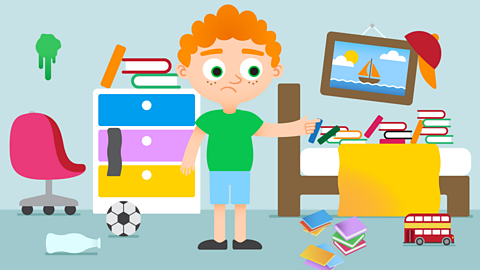
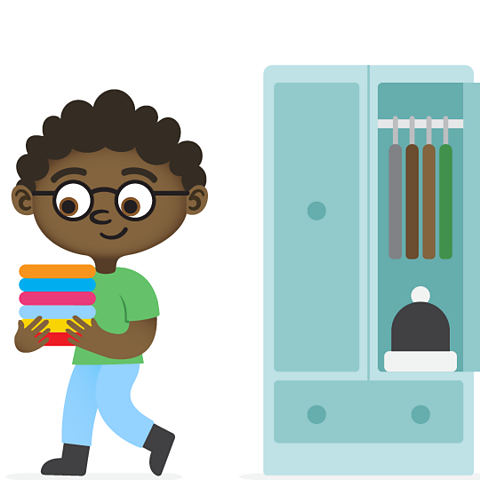
Sorting things into groups
Let's think about Micah and his clothes.
He has a lot of different jumpers and t-shirts but he is very organised.
He has sorted his clothes into two groups.
- One for warm summer weather.
- One for cold winter weather.
Being organised means he can find things easily.
On a hot day he can just look in the summer clothes pile to find something cool to wear.

Making lists
What about Anise and her shopping?
Anise organises her shopping by making a list of all the things she needs.
If she runs out of pasta, she puts it on the list.
When she gets to the shop, she ticks off each thing she puts it into her basket.
Shopping list:
- Apples
- Pineapple
- Baguette
- Carrots
Because she is organised she never forgets to buy ice cream!


Finding things at the library and on the web
When you go to the library to find a book about dinosaurs, you can ask the librarian to help you.
Libraries are very organised places. All the books are carefully sorted and arranged.
The librarian knows how they are organised so they can find the book you want really quickly.
The world wide web on the internet is like a library too - everything is organised and arranged.
You can use a search engine to help you find things on the web - it's a bit like asking a librarian.
Organising information by sorting into groups
We can organise information by putting it into groups.
You can use a Venn diagram to do this. It works by using different circles to put things in, depending on what they are like. If an item appears in both groups, they go in the middle where the two circles overlap each other.
In this Venn diagram we have sorted objects into groups, depending on their colour and shape.
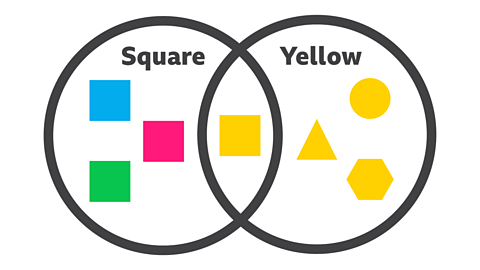
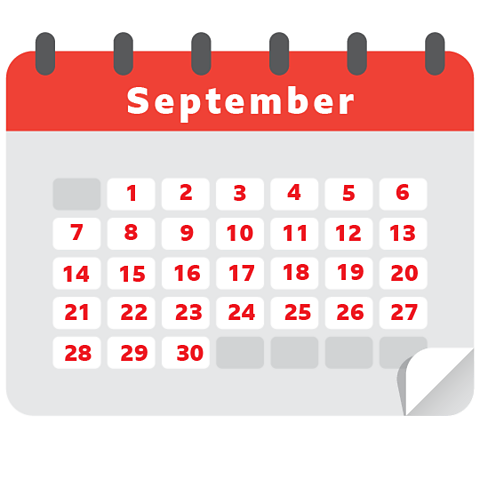
Putting information into order
Some information is arranged in order.
If we look at a ruler, then the numbers go up in 1cm jumps. 1 always comes before 2 and 7 always comes before 8.
This is called number order.
A calendar is another way of organising information into order.
This time the information is in date order, with the months of the year in order and the days of the week in order too.
This means we can easily find any day or date on the calendar.

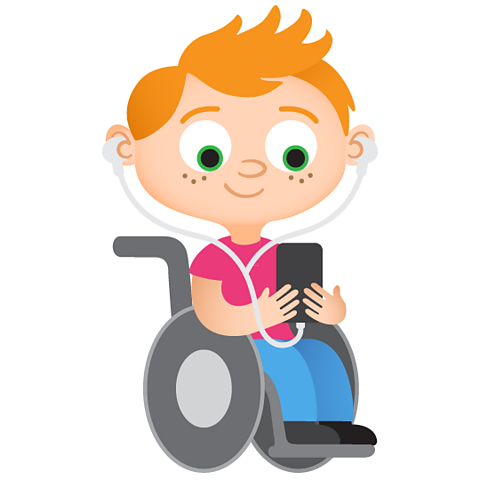
Using a computer to organise information
Computers and digital devices are really good at organising information.
They can sort and arrange things like words and numbers very quickly.
This means we can use them to help us organise information and answer questions.
Tables and pictograms
Sam and Kris are having a picnic with their friends.
They want to know what sort of fruit to bring.
They ask everyone what their favourite fruit is and use a computer to help organise the answers they get from their friends.
The computer arranges the information in a special diagram called a pictogram.
It sorts the information about each fruit into groups called columns.
Can you work out which fruit was the favourite?
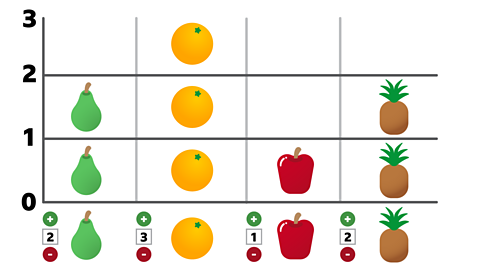
That's right! The most popular fruit is oranges.
Glossary
Here are the meanings of some important words.
Computer - A device that can follow instructions stored in its memory.
Digital device - A machine that has a computer inside.
Internet - A giant network of computers connected across the world.
Organise - Arrange things into a particular order or sort them into groups.
Groups - A collection of things that have something in common.
List - Information arranged in a series of different items.
Sort - Arrange things into groups or order.
Arrange - Put things into a specific order or group.
World wide web (www or the web) - A library of websites containing digital content.
Diagram - A picture that shows information.
Venn diagram - A diagram that uses overlapping circles to show how things fit into groups.
Column - A set of information arranged vertically.
Pictogram - A type of graph or chart that shows information as pictures arranged into columns.
Activities
Play Bitesize Primary games. game
Fun and educational primary games in science, maths, English, history, geography, art and design, computing and modern languages.

More on Information technology
Find out more by working through a topic
- count9 of 9

- count1 of 9
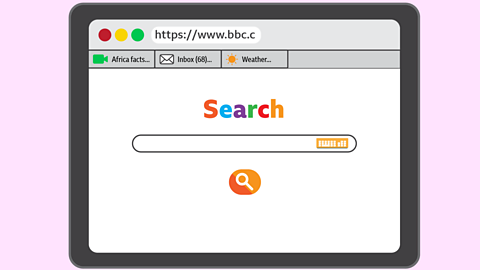
- count2 of 9
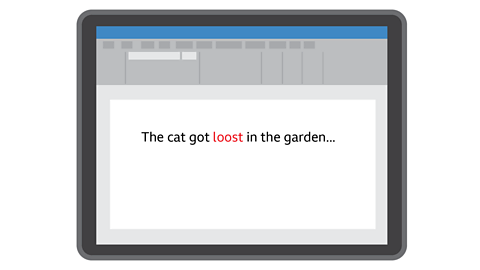
- count3 of 9
